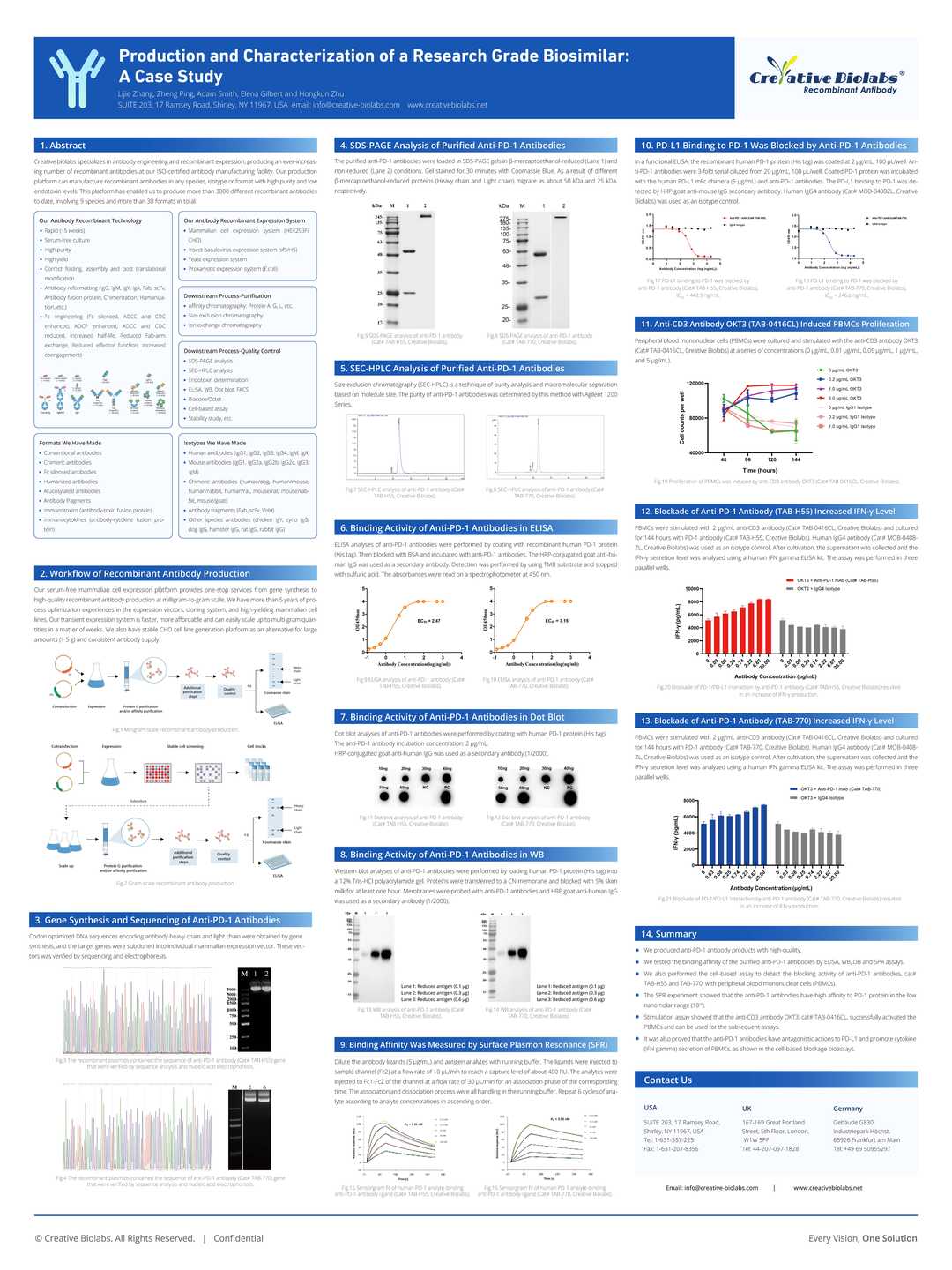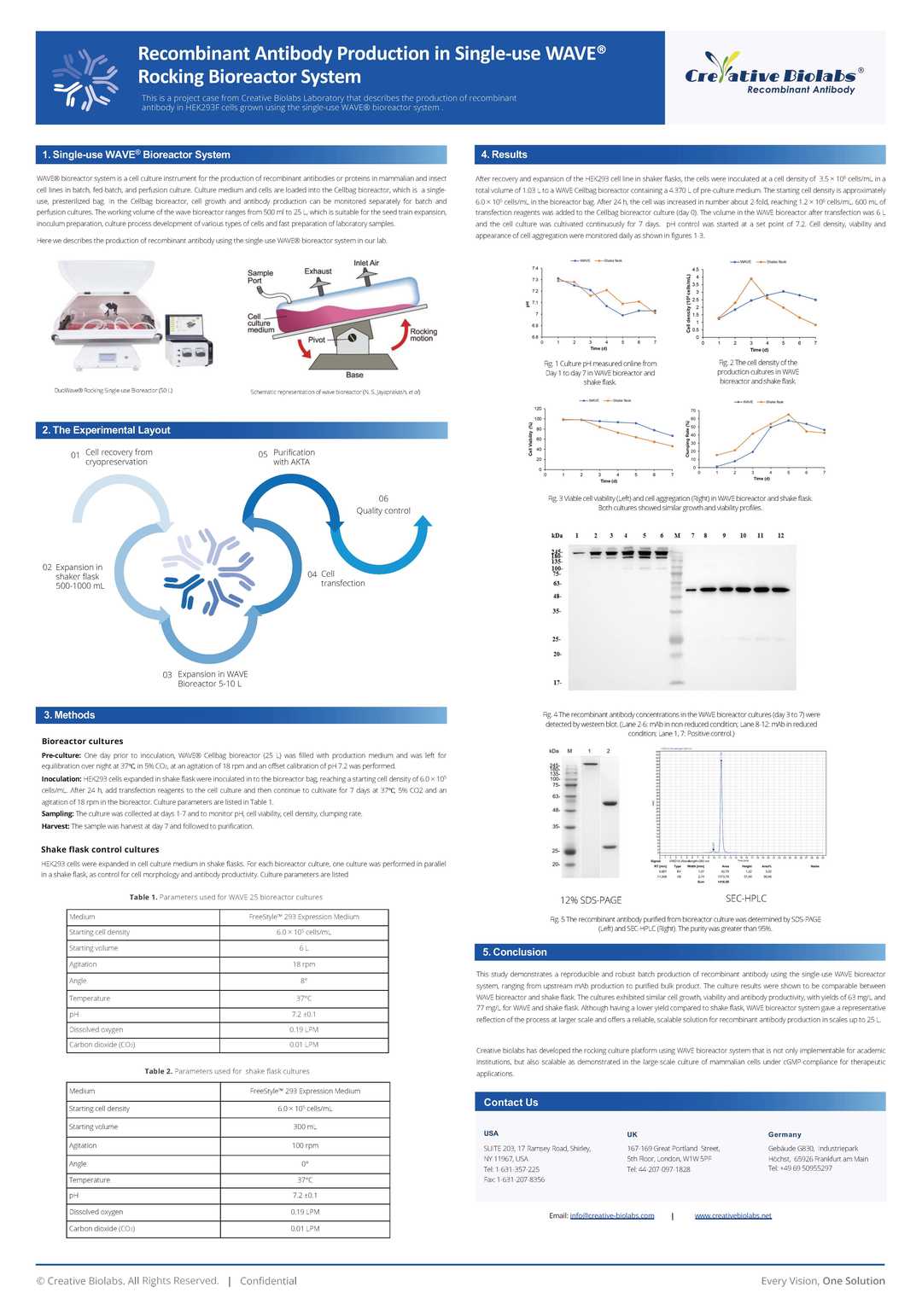Rabbit Anti-HSP90AB1 Recombinant Antibody (VS3-CJ490)
CAT#: VS3-CJ490
This product is a rabbit antibody that recognizes human, mouse, and rat HSP90AB1.












Specifications
- Immunogen
- Recombinant protein
- Host Species
- Rabbit
- Type
- Rabbit IgG
- Specificity
- Human, Mouse, Rat HSP90AB1
- Species Reactivity
- Human, Mouse, Rat
- Applications
- WB, ICC, IF, IHC, IP, FC
- Conjugate
- Unconjugated
Product Property
- Purification
- Protein A affinity purified
- Purity
- >95% as determined by SDS-PAGE
- Format
- Liquid
- Buffer
- 40% Glycerol, 1% BSA, TBS, pH7.4.
- Preservative
- 0.05% Sodium Azide
- Storage
- Store at 4°C for short term. Aliquot and store at -20°C for long term. Avoid repeated freeze/thaw cycles.
Applications
- Application Notes
- This antibody has been tested for use in Western Blot, Immunocytochemistry, Immunofluorescence, Immunohistochemistry, Immunoprecipitation, Flow Cytometry.
Target
- Alternative Names
- HSP84; HSPC2; HSPCB; D6S182; HSP90B
- Gene ID
- 3326
- UniProt ID
- P08238
- Sequence Similarities
- Belongs to the heat shock protein 90 family.
- Cellular Localization
- Cell membrane, Cytoplasm, Membrane, Nucleus, Secreted
- Post Translation Modifications
- Ubiquitinated in the presence of STUB1-UBE2D1 complex (in vitro).
ISGylated.
S-nitrosylated; negatively regulates the ATPase activity.
Phosphorylation at Tyr-301 by SRC is induced by lipopolysaccharide (PubMed:23585225).
Phosphorylation at Ser-226 and Ser-255 inhibits AHR interaction (PubMed:15581363).
Methylated by SMYD2; facilitates dimerization and chaperone complex formation; promotes cancer cell proliferation.
- Protein Refseq
- NP_001258898.1; NP_001258899.1; NP_001258900.1
- Function
- Molecular chaperone that promotes the maturation, structural maintenance and proper regulation of specific target proteins involved for instance in cell cycle control and signal transduction. Undergoes a functional cycle linked to its ATPase activity. This cycle probably induces conformational changes in the client proteins, thereby causing their activation. Interacts dynamically with various co-chaperones that modulate its substrate recognition, ATPase cycle and chaperone function (PubMed:16478993, PubMed:19696785).
Engages with a range of client protein classes via its interaction with various co-chaperone proteins or complexes, that act as adapters, simultaneously able to interact with the specific client and the central chaperone itself. Recruitment of ATP and co-chaperone followed by client protein forms a functional chaperone. After the completion of the chaperoning process, properly folded client protein and co-chaperone leave HSP90 in an ADP-bound partially open conformation and finally, ADP is released from HSP90 which acquires an open conformation for the next cycle (PubMed:27295069, PubMed:26991466).
Apart from its chaperone activity, it also plays a role in the regulation of the transcription machinery. HSP90 and its co-chaperones modulate transcription at least at three different levels. They first alter the steady-state levels of certain transcription factors in response to various physiological cues. Second, they modulate the activity of certain epigenetic modifiers, such as histone deacetylases or DNA methyl transferases, and thereby respond to the change in the environment. Third, they participate in the eviction of histones from the promoter region of certain genes and thereby turn on gene expression (PubMed:25973397).
Antagonizes STUB1-mediated inhibition of TGF-beta signaling via inhibition of STUB1-mediated SMAD3 ubiquitination and degradation (PubMed:24613385).
Promotes cell differentiation by chaperoning BIRC2 and thereby protecting from auto-ubiquitination and degradation by the proteasomal machinery (PubMed:18239673).
Main chaperone involved in the phosphorylation/activation of the STAT1 by chaperoning both JAK2 and PRKCE under heat shock and in turn, activates its own transcription (PubMed:20353823).
Involved in the translocation into ERGIC (endoplasmic reticulum-Golgi intermediate compartment) of leaderless cargos (lacking the secretion signal sequence) such as the interleukin 1/IL-1; the translocation process is mediated by the cargo receptor TMED10 (PubMed:32272059).
(Microbial infection) Binding to N.meningitidis NadA stimulates monocytes (PubMed:21949862).
Seems to interfere with N.meningitidis NadA-mediated invasion of human cells (Probable).
Customer Review
There are currently no Customer reviews or questions for VS3-CJ490. Click the button above to contact us or submit your feedback about this product.
Submit Your Publication
Published with our product? Submit your paper and receive a 10% discount on your next order! Share your research to earn exclusive rewards.
Downloadable Resources
Download resources about recombinant antibody development and antibody engineering to boost your research.
Product Notes
This is a product of Creative Biolabs' Hi-Affi™ recombinant antibody portfolio, which has several benefits including:
• Increased sensitivity
• Confirmed specificity
• High repeatability
• Excellent batch-to-batch consistency
• Sustainable supply
• Animal-free production
See more details about Hi-Affi™ recombinant antibody benefits.
Datasheet
MSDS
COA
Certificate of Analysis LookupTo download a Certificate of Analysis, please enter a lot number in the search box below. Note: Certificate of Analysis not available for kit components.
Protocol & Troubleshooting
We have outlined the assay protocols, covering reagents, solutions, procedures, and troubleshooting tips for common issues in order to better assist clients in conducting experiments with our products. View the full list of Protocol & Troubleshooting.
Isotype Control
- CAT
- Product Name
Secondary Antibody
- CAT
- Product Name
See other products for "HSP90AB1"
Select a product category from the dropdown menu below to view related products.
| CAT | Product Name | Application | Type |
|---|---|---|---|
| MOB-516-F(E) | Recombinant Anti-human HSP90AB1 Antibody Fab Fragment | ELISA, RIA, FuncS | Fab |
| MHH-516-F(E) | Recombinant Human Anti-human HSP90AB1 Antibody Fab Fragment | ELISA, IF, FuncS | Fab |
| CAT | Product Name | Application | Type |
|---|---|---|---|
| MOB-516-S(P) | Recombinant Anti-human HSP90AB1 Antibody scFv Fragment | WB, IHC, FuncS | scFv |
| MHH-516-S(P) | Recombinant Human Anti-human HSP90AB1 Antibody scFv Fragment | IF, FC, Biosensors, FuncS | scFv |
| CAT | Product Name | Application | Type |
|---|---|---|---|
| MHH-516 | Recombinant Human Anti-human HSP90AB1 Antibody | ELISA, Nert, FuncS | IgG |
| ZG-0460J | Mouse Anti-HSP90AB1 Recombinant Antibody (ZG-0460J) | WB, ICC | Mouse IgG |
| ZG-0461J | Mouse Anti-HSP90AB1 Recombinant Antibody (ZG-0461J) | WB, IHC, ELISA | Mouse IgG |
| VS3-QX550 | Mouse Anti-HSP90AB1 Recombinant Antibody (clone 3B9-D4-G4) | WB, ICC, IP | Mouse IgG1 |
| VS3-QX551 | Mouse Anti-HSP90AB1 Recombinant Antibody (clone 2B4-F12-C9) | WB, IHC, ICC, FC, ELISA | Mouse IgG1 |
| CAT | Product Name | Application | Type |
|---|---|---|---|
| MOR-1690 | Rabbit Anti-HSP90AB1 Recombinant Antibody (clone DS1690AB) | WB, IHC-P, ICC, IF, FC, IP | Rabbit IgG |
| CAT | Product Name | Application | Type |
|---|---|---|---|
| MHC-LC3385 | PE-A2/Human HSP90AB1 (ILDKKVEKV) MHC Tetramer | FCM | |
| MHC-LC3387 | PE-B*27:05/Human HSP90AB1 (RRVKEVVKK) MHC Tetramer | FCM | |
| MHC-LC3388 | PE-B*27:03/Human HSP90AB1 (RRVKEVVKK) MHC Tetramer | FCM |
| CAT | Product Name | Application | Type |
|---|---|---|---|
| VS-0325-FY190 | Mouse Anti-HSP90AB1 scFv-Fc Chimera (VS-0325-FY190) | WB, IP | Mouse IgG2a, scFv-Fc |
| CAT | Product Name | Application | Type |
|---|---|---|---|
| VS13-YC555 | CytoStream™ Rabbit Anti-HSP90AB1 Recombinant Antibody (VS13-YC555) | WB, IHC-P, ICC, IF, FC | Rabbit IgG |
Popular Products

Application: WB, IF, IP, Neut, FuncS, ELISA, FC
-2.png)
Application: FuncS, IF, Neut, ELISA, FC, IP, ICC

Application: WB, ELISA, FuncS

Application: ELISA, FuncS, IHC, IF, FC, ADCC

Application: WB, IHC, ELISA, FC

Application: ELISA, FC, IF, IHC, WB
For research use only. Not intended for any clinical use. No products from Creative Biolabs may be resold, modified for resale or used to manufacture commercial products without prior written approval from Creative Biolabs.
This site is protected by reCAPTCHA and the Google Privacy Policy and Terms of Service apply.

































